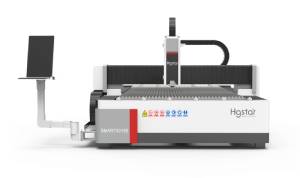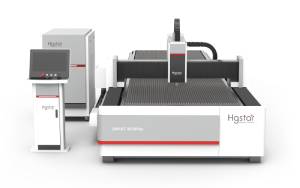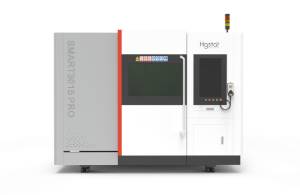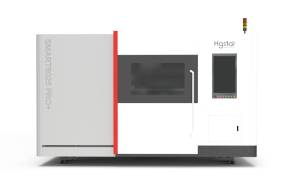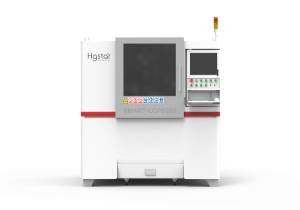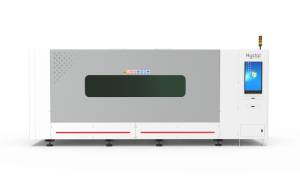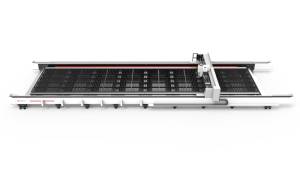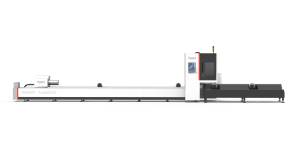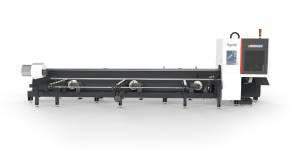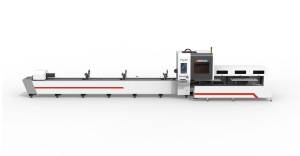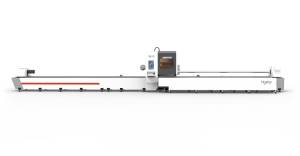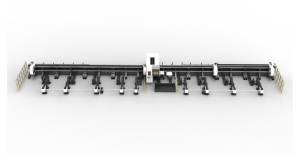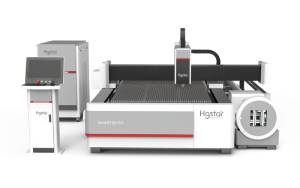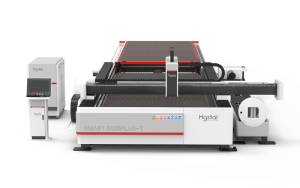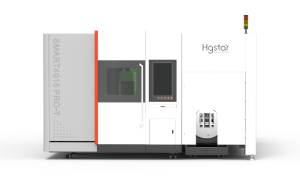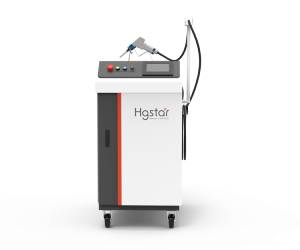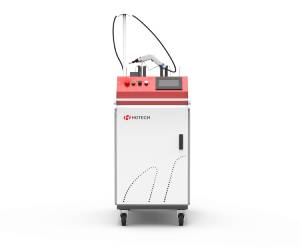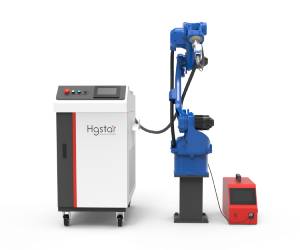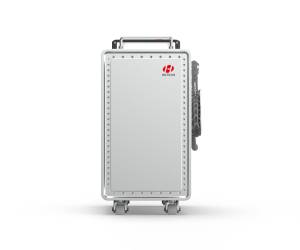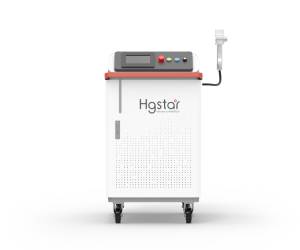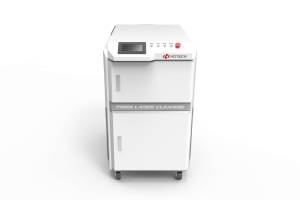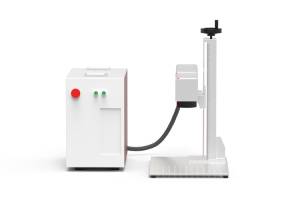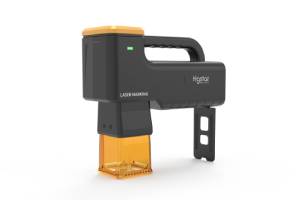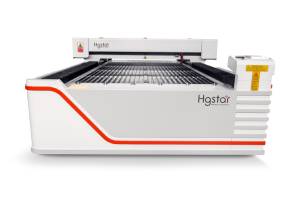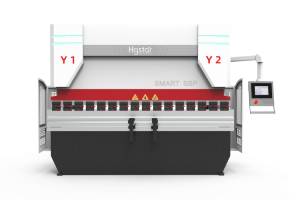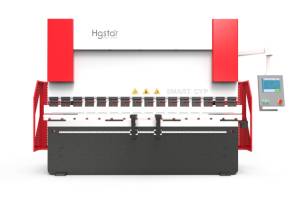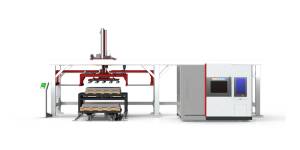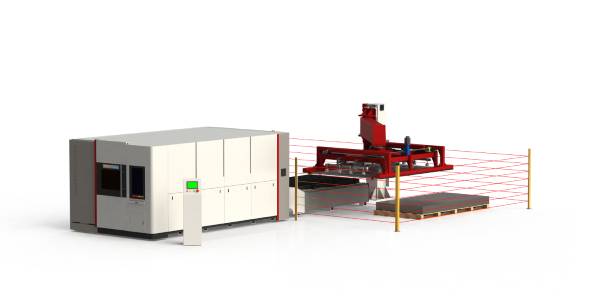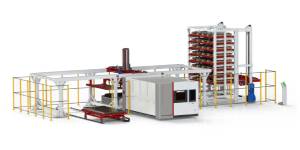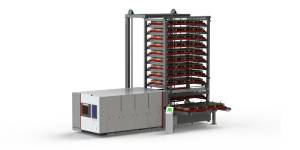Uncategorized
Laser-Guided Innovation, Intelligent Manufacturing: Reshaping the Future of Final Assembly Welding in Shipbuilding
Breaking Welding Bottlenecks
In large-scale shipbuilding, final welding and assembly is regarded as the critical last step in ensuring structural integrity and manufacturing precision. However, conventional welding processes such as Submerged Arc Welding (SAW) and Gas Metal Arc Welding (GMAW) are increasingly falling short when it comes to large-block assembly, high-strength material joining, and demands for efficient automation. With the rise of advanced manufacturing, laser welding—known for its high energy density, low heat input, and intelligent control—has become an ideal solution for final welding in shipbuilding, driving a disruptive transformation across the industry.
Laser Welding Fully Upgrades Assembly Performance
Laser welding enables deep penetration with minimal heat-affected zones and welding distortion—crucial for large ship hull structures that require precise alignment. Traditional methods often require multi-pass welding to reach sufficient depth, which increases process complexity and thermal deformation risks. Laser welding, particularly Laser-Arc Hybrid Welding, allows for single-pass welding of steel plates 10mm thick or more, greatly improving efficiency while reducing labor and post-weld rework.
In real-world applications, laser welding systems are equipped with high-precision seam tracking and automatic joint detection, making them well-suited to the complex geometries of ship structures while delivering consistent, high-quality welds. When integrated with robotic arms and automated gantry systems, laser welding supports various joint types—longitudinal, transverse, and fillet welds—boosting automation rates and production stability.
More significantly, laser systems are deeply integrated with digital manufacturing ecosystems, enabling seamless connectivity with CAD/CAM platforms and Manufacturing Execution Systems (MES) to achieve true “drawing-to-path” digital production. Through built-in sensors and data acquisition modules, laser welding machines can monitor key process parameters in real time—such as temperature, energy input, and molten pool dynamics—and upload data to cloud platforms for quality tracking and predictive analytics. These intelligent capabilities not only enhance welding consistency but also support the establishment of a visualized, controllable, and traceable welding quality management system.
Furthermore, laser welding generates minimal spatter and very low fume emissions, offering a much cleaner alternative to traditional welding. This improves the shop-floor environment, enhances worker health and safety, and aligns with shipyards’ goals for green manufacturing and low-carbon production, supporting long-term sustainability strategies.
Leading shipyards that have adopted laser welding report 30–50% increases in final welding efficiency and over 60% reductions in weld defects. In a market where competition is fierce and delivery timelines are tight, such advantages translate directly into cost savings and technical dividends, solidifying laser technology’s position as a mainstream solution in hull welding.
Laser Technology Powers the Future of High-End Shipbuilding
Laser welding is not just a new process—it is a key enabler for advancing final welding and assembly into the era of Intelligent Manufacturing and high-quality production. With clear advantages in welding precision, construction speed, and total cost reduction, it has become the preferred choice for major shipyards upgrading their core capabilities. As laser sources continue to evolve and applications deepen, laser technology will unlock new value in a wider range of structural welding scenarios—illuminating a smarter, greener, and more advanced future for shipbuilding.

